What’s cooking? A healthier future for all
It's lunch time at the Agnam Lidoubé primary school in Matam, northern Senegal. As the 225 pupils file into the canteen, mouths water at the hearty scent coming from the nearby kitchen. It's Monday and today's menu is cow peas with chicken and eggs.
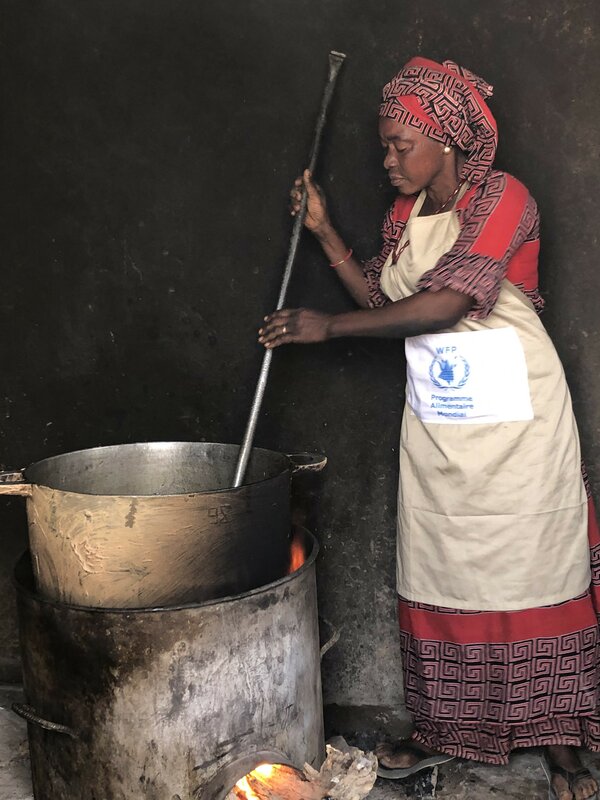
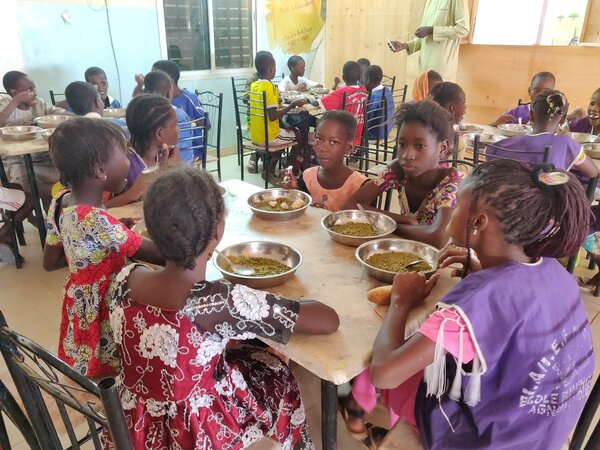
In this school, part of WFP's school feeding programme, much emphasis is placed on providing children with nutritious and balanced meals. But it is not just the ingredients that are healthy: the stove they've been cooked on is special too.
"Clean, efficient, safe — the labels used to describe these stoves are many. The choice depends on what's in fashion at a given moment and what aspect you want to highlight," explains Raffaella Bellanca, Energy Coodinator at WFP. We'll go with ‘improved' for simplicity.
A burning issue
"In most of the countries we work in, cooking — including for school meals — is done on open fires," Bellanca continues. "When this happens in indoor spaces, it can have serious health implications, from relatively lighter conditions like eye irritation to potentially lethal ones including pneumonia and lung cancer."
The figures are alarming. Every year, emissions from cooking on open fires cause illnesses that lead to the premature death of four million people worldwide — more than malaria and tuberculosis together.
"We go to great lengths to make sure vulnerable people, including school children, have enough of the right, nutritious food. Ensuring that this food is cooked on stoves that do not harm the health of those who use them is a natural step," Bellanca says.
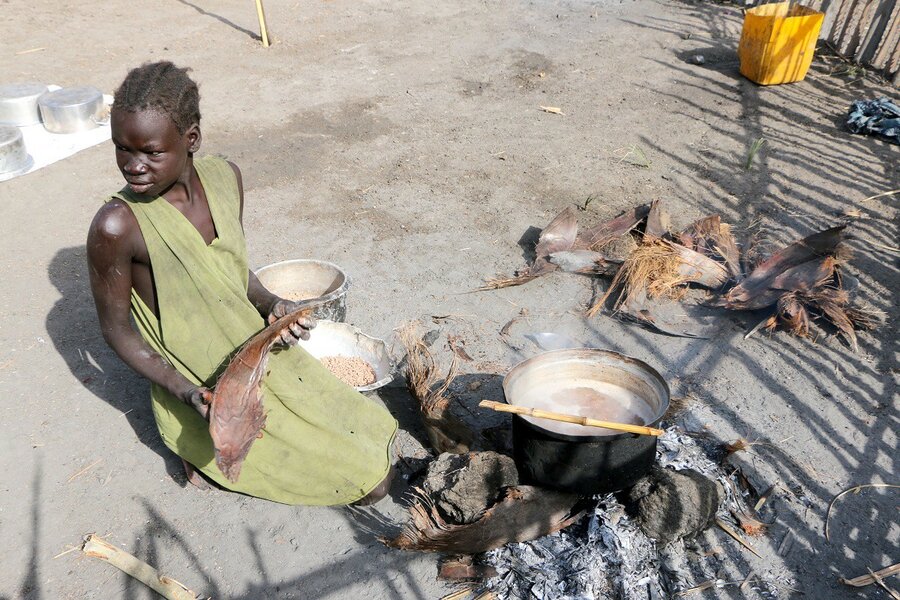
While health concerns alone would be enough to justify the need for alternatives, the list of detrimental consequences from open fires does not stop there.
There are safety issues — with the risk of burns, especially for young children who might get too close to the flames — and environmental ones.
According to Nature Kenya, Africa's oldest environmental organization, each Kenyan school that uses wood and charcoal for cooking may be responsible for the clearing of 56 acres of forest every year.
Tifani Juárez, a teacher in San Miguel Tucurú, rural Guatemala, confirms: "Parents and children from our school collect firewood for cooking, and each time they have to go further away from the community to find it. You can see the forest is receding around here."
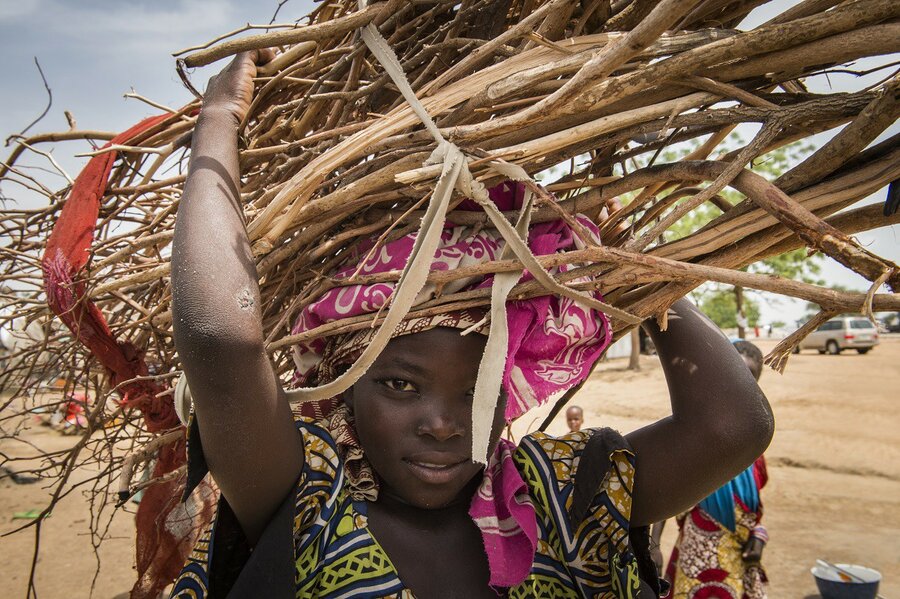
When wood is not readily available, people resort to buying it on the market, which means they have less money to spend on other items, including nutritious food. With improved stoves, you can cook the same amount of food using less wood, thus saving time and money.
There is no ‘one size fits all' with these stoves, though. For one thing, they must fit local cooking preferences. "The kind of stove that's suitable for cooking tortillas in Central America may not work for stir-fries in Asia," Bellanca explains.
Convenience is another important factor. "Evidence shows that if people need to go out of their way to switch to an improved stove, they simply won't," she continues.
Welcome externalities
The use of cleaner, more efficient, convenient stoves can make a big difference to the life of women, whose time is often eaten up by household chores.
"Between collecting the wood, tending to the fire, cooking and cleaning soot-covered kitchen walls and utensils, women have very little time left to engage at a meaningful level in almost anything, or to participate in decision-making processes," Bellanca says.
"Much like the washing machine and other similar technological innovations, improved stoves can have a great impact on women's empowerment," she continues, explaining that schools are an entry point for these stoves to be then adopted in the broader community. This will expand health, economic and environmental benefits to people's homes.
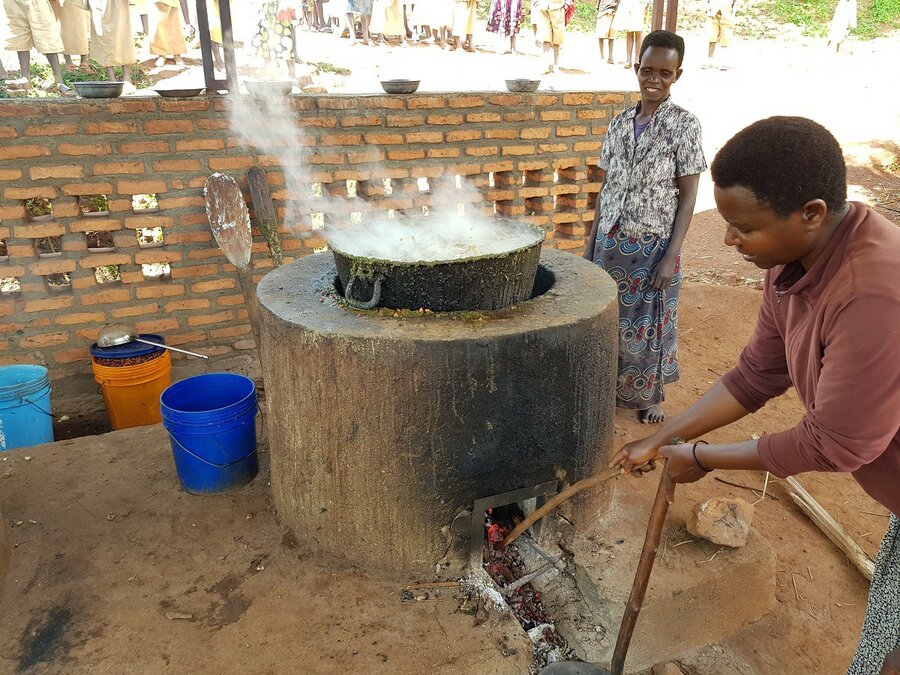
There are also wider environmental benefits that go beyond individual communities: greater efficiency means saving on carbon emissions — the better the stoves, the higher the savings.
"Monetizing these savings through carbon offsetting credits will bring in more resources to sustain and expand our programmes," Bellanca says. WFP is teaming up with the World Bank to set up a system for this to happen.
"In carbon offsetting projects, you have to have a relationship with the end user, so you can quantify emission savings. Schools are ideal in this regard. WFP already has an ongoing relationship with them and it will be easy to collect data on emissions at the same time as we collect data on food," she adds.
Back in Matam, the school cook takes a well-deserved rest — the children are fed and she's just played a part in making the world a little greener.
